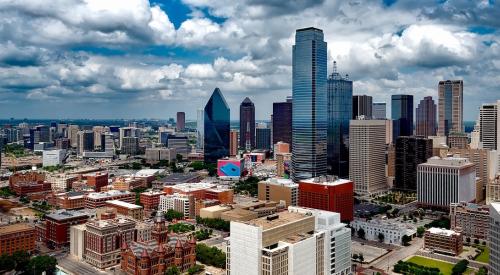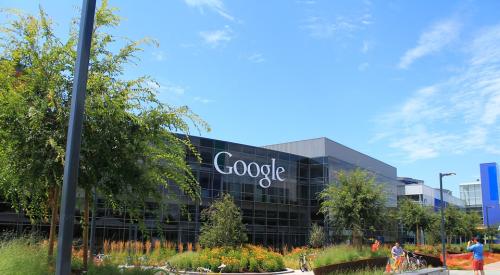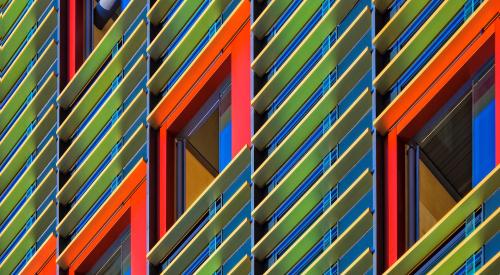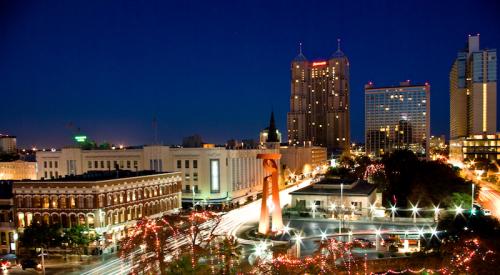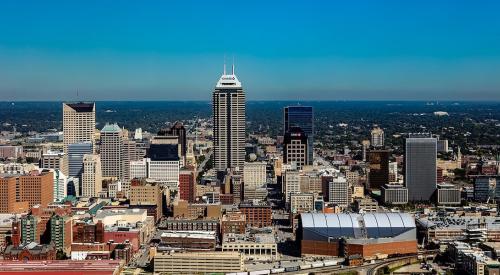CityLab found where the U.S. creative crowd already lives, as well as where it’s growing.
The class composed of knowledge workers, techies, and cultural creatives is a key force in the economic growth of U.S. cities. More than 55 million workers are members of America’s creative class, or above 35 percent of the workforce. The creative class is one way of measuring talent or human capital, based on occupation or skill—the other way being educational attainment, which we covered in the previous post in this series. The first post looked at large cities’ population and job growth.
The graphic below shows the top 10 and bottom 10 cities on this measure. The leading city, Washington, D.C., has nearly three times the concentration of the creative class of the most lagging city, Detroit. In the four leading cities, the creative class makes up between half and 60-plus percent of the workforce; in the bottom five, it makes up less than 30 percent.
But the pattern is quite a bit different, and considerably more interesting, when it comes to the growth of the creative class. Now Miami leads, with 40 percent growth from 2012 to 2017. It is followed by Fort Worth and Mesa. The top 10 in growth includes major tech hubs like Denver, Austin, San Jose, and Seattle. But it also includes the Sunbelt hot spots of Charlotte and Atlanta, the latter of which numbers among the leading big cities in many categories of talent.

